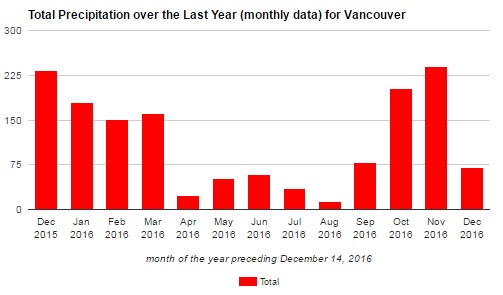Creative Commons is a non-profit organization that has developed a suite of licenses that authors and other creators can apply to their works to permit sharing and distribution. Applying a Creative Commons (CC) license to your written, artistic, musical or multimedia work means that you retain ownership of copyright but you permit certain uses of your work without the user needing to contact you for permission each time. You also waive your moral rights, to the extent required for users to use your works according to the applied license. Please note that users of copyright protected works (including those under CC licenses) have certain rights in Canada’s Copyright Act; these rights will supersede the terms of a CC license where applicable.
You must be the copyright holder of the work and any other works contained within it (such as photographs, diagrams, articles, video clips, etc.), or have license or permission to include these works, in order to apply a CC license. Once you make your work available under a specific CC license, you cannot revoke or change the license associated with that specific work (though of course you may stop distributing the material).
There are six different CC licenses, each with various parameters and requirements, ranging from extremely open and permissive to slightly less so. All CC licenses will permit typical teaching uses such as displaying in the classroom, distributing to students or posting in Canvas. These licenses are described below.
 CC BY (Attribution)
CC BY (Attribution)
The most open of Creative Commons licenses, this option permits others to copy, distribute, adapt and otherwise use your work in any way without contacting your for permission. However, they are required to credit you in any use they make of your work.
 CC BY-SA (Attribution-ShareAlike)
CC BY-SA (Attribution-ShareAlike)
This license permits others to copy, distribute, adapt and otherwise use your work in any way without contacting you for permission. However, they are required to credit you in any use they make of your work, and also to license any derivative work (e.g. an adapted version) under the same license.
 CC BY-ND (Attribution-NoDerivs [No Derivatives])
CC BY-ND (Attribution-NoDerivs [No Derivatives])
This license permits others to copy and distribute your work without contacting you for permission. However, they are required to credit you on the copies they make and they are not permitted to change your work in any way.
 CC BY-NC (Attribution-NonCommercial)
CC BY-NC (Attribution-NonCommercial)
This license permits others to copy, distribute, adapt and otherwise use your work without contacting you for permission. However, they are required to credit you in any use they make of your work and they are not permitted to use the work for commercial purposes. Non-commercial purposes are defined by Creative Commons as those “not primarily intended or directed towards commercial advantage or monetary compensation.”
 CC BY-NC-SA (Attribution-NonCommercial-ShareAlike)
CC BY-NC-SA (Attribution-NonCommercial-ShareAlike)
This license permits others to copy, distribute, adapt and otherwise use your work without contacting you for permission. However, they must credit you in any use they make of the work; they are not permitted to use the work for commercial purposes; and they must license any derivative work (e.g. an adapted version) under the same license. Non-commercial purposes are defined by Creative Commons as those “not primarily intended or directed towards commercial advantage or monetary compensation.”
 CC BY-NC-ND (Attribution-NonCommercial-NoDerivs [No Derivatives])
CC BY-NC-ND (Attribution-NonCommercial-NoDerivs [No Derivatives])
This license permits others to copy and distribute your work without contacting you for permission. However, they must credit you on any copies they make; they are not permitted to use the work for commercial purposes; and they are not permitted to change your work in any way. Non-commercial purposes are defined by Creative Commons as those “not primarily intended or directed towards commercial advantage or monetary compensation.”
 CC BY (Attribution)
CC BY (Attribution) CC BY-SA (Attribution-ShareAlike)
CC BY-SA (Attribution-ShareAlike) CC BY-ND (Attribution-NoDerivs [No Derivatives])
CC BY-ND (Attribution-NoDerivs [No Derivatives]) CC BY-NC (Attribution-NonCommercial)
CC BY-NC (Attribution-NonCommercial) CC BY-NC-SA (Attribution-NonCommercial-ShareAlike)
CC BY-NC-SA (Attribution-NonCommercial-ShareAlike) CC BY-NC-ND (Attribution-NonCommercial-NoDerivs [No Derivatives])
CC BY-NC-ND (Attribution-NonCommercial-NoDerivs [No Derivatives])




